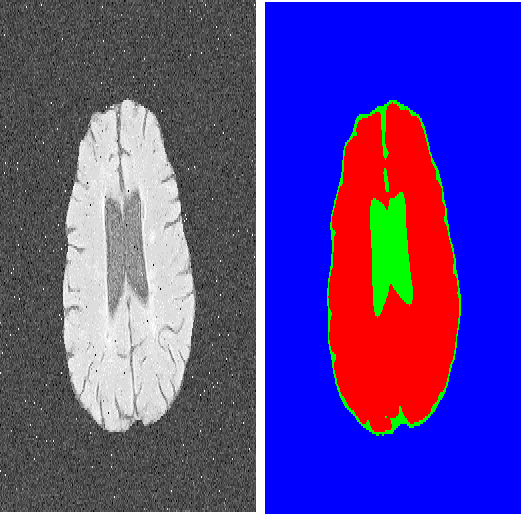Coarse-to-fine models and cascade segmentation architectures are widely adopted to solve the problem of large scale variations in medical image segmentation. However, those methods have two primary limitations: the first-stage segmentation becomes a performance bottleneck; the lack of overall differentiability makes the training process of two stages asynchronous and inconsistent. In this paper, we propose a differentiable two-stage network architecture to tackle these problems. In the first stage, a localization network (L-Net) locates Regions of Interest (RoIs) in a detection fashion; in the second stage, a segmentation network (S-Net) performs fine segmentation on the recalibrated RoIs; a RoI recalibration module between L-Net and S-Net eliminating the inconsistencies. Experimental results on the public dataset show that our method outperforms state-of-the-art coarse-to-fine models with negligible computation overheads.
翻译:粗到软模型和级联分割结构被广泛采用,以解决医疗图像分割中大规模差异的问题,但是,这些方法有两个主要限制:第一阶段分割成为性能瓶颈;整体差异性缺乏使两个阶段的培训过程不同步且不一致。在本文件中,我们提出了一个可以区分的两阶段网络结构来解决这些问题。在第一阶段,一个本地化网络(L-Net)以探测的方式定位利益区域;在第二阶段,一个分区网络(S-Net)对重新校准的 RoIs进行精细分割;一个L-Net与S-Net的重新校正校正模块消除不一致之处。公共数据集的实验结果显示,我们的方法超越了最先进的粗粗到线模型,计算间接费用微不足道。



